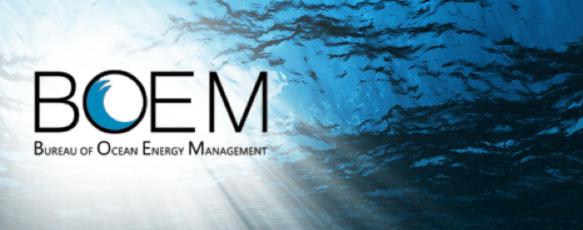
A Guidance Document for Characterizing Tribal Cultural Landscapes
The following Guidance Document (Guide) presents a method for agencies to consult with tribes more effectively and appropriately in advance of any proposed undertakings. It also suggests a means for tribes and other indigenous communities1 to relate their interests and concepts of landscape to federal agencies and other land and water management entities. The concept is rooted in a collaborative initiative related to offshore renewable energy development. This project–Characterizing Tribal Cultural Landscapes–was comprised of a team from the Bureau of Ocean Energy Management’s (BOEM) Pacific Outer Continental Shelf (POCS) Regional Office, the National Oceanic and Atmospheric Administration’s (NOAA) National Marine Protected Areas (MPA) Center and NOAA’s Office of National Marine Sanctuaries (ONMS), two independent Tribal Facilitators, and representatives from the Tribal Historic Preservation Offices (THPO) of the Makah Tribe of Washington, the Confederated Tribes of Grand Ronde Community of Oregon, and the Yurok Tribe of California. The team worked collectively to develop a transferable best-practices method to identify areas of tribal use and significance that could be impacted by offshore renewable energy siting. Funding was provided by BOEM through an Interagency Agreement with ONMS. Additional information on the project’s background and implementation can be found in the Final Report, and at sanctuaries.noaa.gov/tribal-landscapes.






